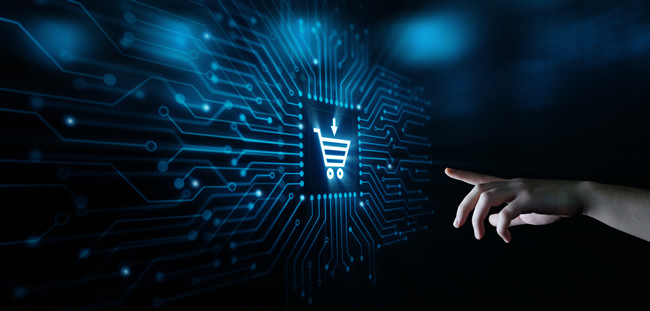It is clear from questions being posted on forums that there is a lot of mis-understanding over the E-commerce VAT treatment of transaction charges when using services such as Stripe and Paypal.
First of all, we need to get to grips with some terminology:
Reverse Charge
The reverse charge applies to services purchased within the EU, but outside of the UK. It is the amount of VAT you would have paid on a service if you had bought it in the UK. You have to add that amount to the total of VAT you are going to pay to HMRC that quarter, but also to the amount of VAT you are going to reclaim in that quarter. That means you don’t pay anything extra to HMRC or reclaim anything extra from them. Whilst that may seem quite a pointless exercise, it can, in some businesses have an impact on the amount of VAT they pay to HMRC each quarter.
If you bought a service for £100 in the UK you would be charged 20% and pay £120. But you would reclaim the £20 VAT on your VAT return. If that service was bought from, for example, a French supplier, they would not charge any VAT, so you would pay £100 to them. However, on your VAT return you would reclaim £20 as if you had bought and paid for the service from a UK supplier. But you would also include the same £20 in your sales VAT value. These two entries cancel each other out and therefore the net impact on the VAT payable to HMRC will be NIL. Accounting systems handle this easily, and you would simply need to select “reverse charge expenses 20%” as the VAT code for that transaction.
VAT Exempt
Some services are exempt from VAT, and an e-commerce seller is most likely to come across this in relation to bank charges. No VAT is charged and no VAT can be reclaimed on your VAT return.
There are therefore two different scenarios you will come across when you find you are not being charged VAT. The question is are you not being charged VAT because the service is subject to the reverse charge or is it because the service is exempt, because they are dealt with in different ways on your VAT return (albeit that the ultimate outcome is zero)?
Confusion can arise because what appear to be very similar services are treated differently by different service providers. For example, Paypal does not charge VAT on its charges because it is a financial service an exempt. However, Stripe charges are subject to the reverse charge unless you are located in Ireland, where Stripe is (in which case 23% Irish VAT is charged). So why are they different?
The difference is Stripe is not providing a financial service. Stripe is actually providing merchants (the e-commerce business making the sale) with the infrastructure and technology to enable them to accept card payments. The services of a supplier like Stripe allow the merchant to collect the card data of customers and transmit this information to the merchant acquirer for further processing. Stripe are not actually processing the payment themselves. They are a payment facilitator. As such their services are not exempt and therefore the reverse charge applies.
The reverse charge only applies where you, the merchant, have a valid UK VAT number and you have to supply that number to your service supplier. Failure to supply your VAT number will result in VAT being charged and it will be subject to VAT at the providers rate determined by their location (in the case of Stripe, Ireland at 23%). You cannot reclaim this VAT on a UK VAT return. In the case therefore of a small merchant with no UK VAT registration due to being below the UK VAT threshold, you would be charged VAT and you could not reclaim it. For an exempt supply, your own VAT status would not matter – since it is an exempt supply and no VAT would be charged regardless.

